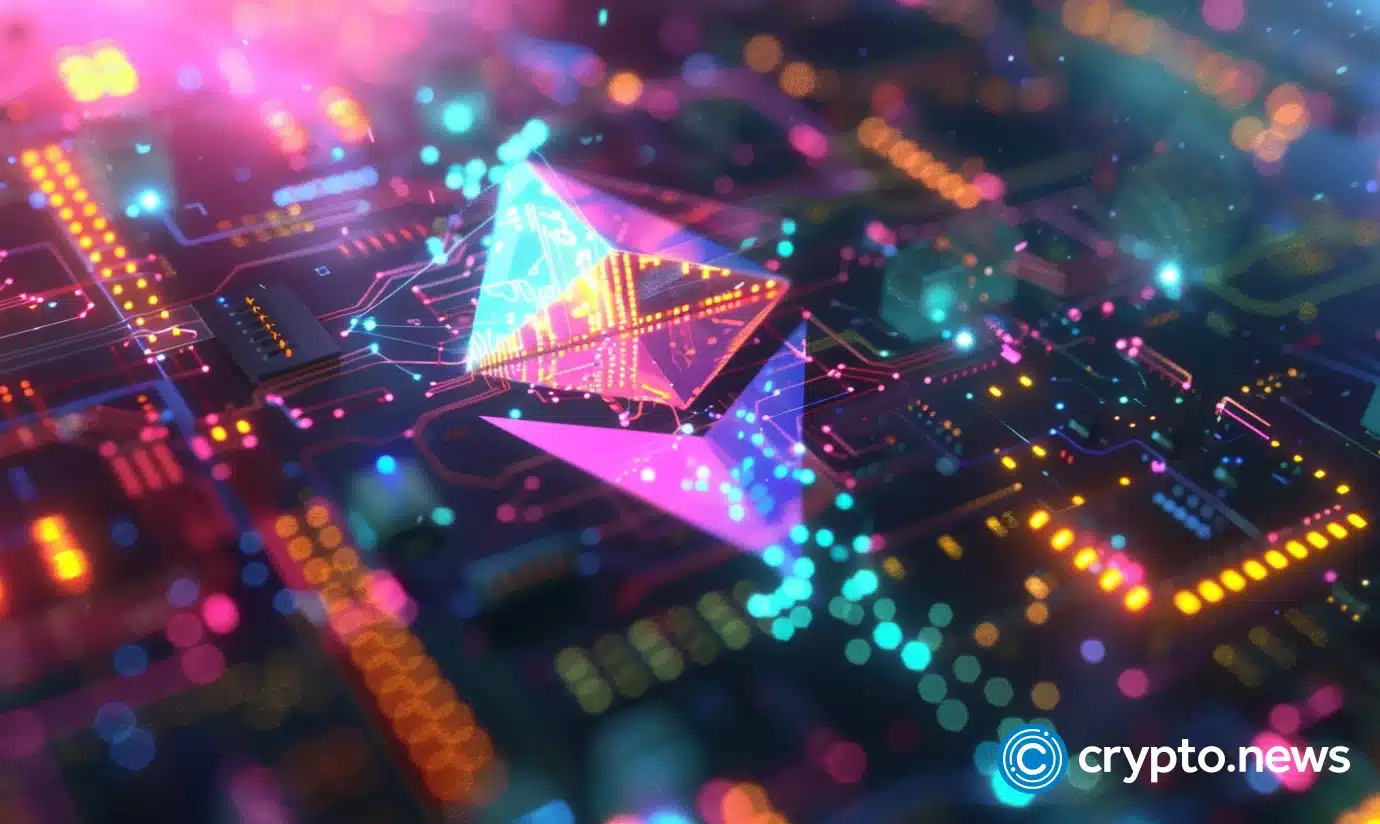Blockchain technology has transformed digital transactions, offering decentralization, security, and transparency. However, scalability remains a significant challenge. As more users join blockchain networks, transaction speed slows, and fees rise. To solve this, developers started exploring new solutions: Layer 2 protocols, sharding, and now, hyperchains.. But what exactly are hyperchains, and how do they improve blockchain scalability?
 Source: https://theblock101.com/tim-hieu-hyperchains-va-hyperbridges
Source: https://theblock101.com/tim-hieu-hyperchains-va-hyperbridgesUnderstanding Hyperchains
Hyperchains are an advanced blockchain scaling solution designed to enhance transaction speed, reduce costs, and maintain decentralization. They function as interconnected blockchain layers that work in parallel to a primary blockchain. Unlike traditional Layer 2 solutions, hyperchains can operate independently while still benefiting from the security and consensus mechanisms of the main blockchain.
How Hyperchains Work
Hyperchains rely on a parent blockchain for security and consensus but operate separately to handle transactions. Here’s a simplified process:
- Transaction Processing – Users send transactions to a hyperchain rather than the main blockchain.
- Validation – Validators process these transactions independently, reducing congestion on the parent chain.
- Finalization – After processing, transaction records are periodically submitted to the main blockchain for final confirmation.
- Security Assurance – The main blockchain ensures transaction integrity, preventing fraud and double-spending.
Key Benefits of Hyperchains
Hyperchains offer multiple advantages over traditional blockchain networks:
Feature | Traditional Blockchain | Hyperchain |
Slow due to congestion | Faster, as transactions are processed in parallel | |
Fees | High, as more users compete for space | Lower, due to efficient processing |
Security | Strong but dependent on network congestion | Inherits security from the main blockchain |
Scalability | Limited by network size | Virtually limitless as more hyperchains are added |
Differences Between Hyperchains and Layer 2 Solutions
Hyperchains may seem similar to Layer 2 solutions like rollups or sidechains, but they have unique characteristics:
- Independence – Hyperchains can operate autonomously, whereas Layer 2 solutions rely more on the main chain.
- Scalability – They offer greater scalability as multiple hyperchains can function simultaneously.
- Security – Unlike some Layer 2 solutions that use separate consensus mechanisms, hyperchains benefit directly from the parent chain’s security.
Use Cases of Hyperchains
Several industries can benefit from hyperchains, including:
- DeFi Applications – Faster and cheaper transactions enhance decentralized finance platforms.
- Gaming – Blockchain-based games require quick and cost-effective transactions for in-game assets.
- Supply Chain Management – Hyperchains improve tracking and verification of goods across global supply chains.
- NFTs – Cheaper minting and trading of NFTs become possible with improved scalability.
Challenges and Future of Hyperchains
While hyperchains offer numerous advantages, they still face challenges:
- Adoption – Developers and businesses must integrate hyperchains into their ecosystems.
- Security Risks – Although secure, improper implementation could lead to vulnerabilities.
- Regulatory Concerns – Governments may impose regulations that affect hyperchain development.
Despite these challenges, hyperchains are expected to shape the future of blockchain technology. As adoption grows, they could become the standard for scalable and efficient blockchain networks.
Hyperchains represent a major advancement in blockchain scalability. They overcome congestion and decrease fees by enabling several chains to process in parallel while enabling the security of all. The more projects integrate hyperchains, the more user-friendly blockchain technology is going to become and therefore used across a large number of sectors.
February 10, 2025 at 12:00 pm
Updated February 10, 2025 at 12:00 pm
Remember, investing in cryptocurrencies involves risks, and it’s important to conduct thorough research and seek professional advice before making any financial decisions. (Please keep in mind that this post is solely for informative purposes and should not be construed as financial or investment advice.)
What is blockchain?
Blockchain is a distributed ledger technology ensuring secure and tamper-proof transactions, shared across a network.
Does blockchain improve cybersecurity?
Yes, blockchain enhances cybersecurity by making data difficult to hack or alter through it's decentralized structure.
How do blockchains interact with cryptocurrencies like Bitcoin?
Blockchains record cryptocurrency transactions like Bitcoin securely and transparently.

















 English (US) ·
English (US) ·